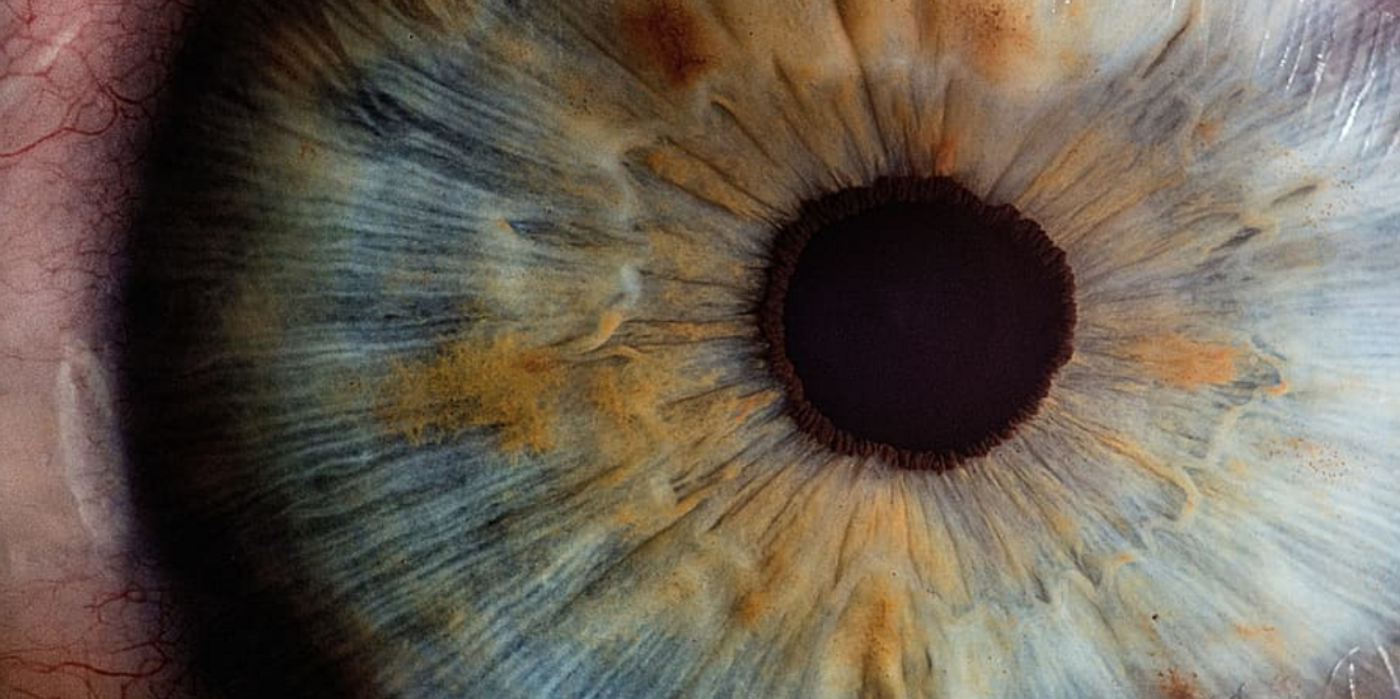In the human eye, a space called the anterior chamber sits in between the cornea, which is a clear layer in the front of the eye, and the iris, the part of the eye that's colored. Fluid can normally move through the anterior chamber, but in glaucoma, that movement is disrupted. The fluid may start to move too slowly, or it can become totally blocked. Pressure then builds up inside the eye, which is thought to impair the optic nerve, damaging it. Eye pressure is thought to be a risk factor for glaucoma, as are variations in some genes including ANGPT1.
About 60 million people are estimated to be impacted by glaucoma, which is the leading cause of blindness in people over the age of 60. Open-angle glaucoma is the most common form of the disease. There are some treatments for the disorder, which include eye drops, prescription drugs, or laser treatment. If children are impacted by a serious form of glaucoma which is congenital, their only treatment option is surgery.
Scientists have now developed a new potential therapy for some types of glaucoma, which aims to repair the problems caused by a disrupted ANGPT1 gene. The work has been reported in Nature Communications.
"Although primary congenital glaucoma is much rarer than open angle glaucoma, it is devastating for children," said corresponding author Dr. Susan Quaggin, chief of nephrology and hypertension in the Department of Medicine at Northwestern University Feinberg School of Medicine. "New treatments and new classes of treatments are urgently needed to slow vision loss in both forms."
To create this therapy, the researchers used a mouse model of glaucoma that is similar to the congenital form of glaucoma. A protein treatment called Hepta-ANGPT1 was injected, which is meant to last a long time. This protein-based therapy replaces the protein that could be promoting the development of glaucoma when it carries certain mutations or variants.
In one model, the researchers were able to use the Hepta-ANGPT1 treatment to stop glaucoma from forming. In healthy adult mice, an injection of this treatment lowered eye pressure, which could mean that it would work as a treatment for open angle glaucoma as well.
The scientists also followed up o the effects of the therapy. Single-cell RNA sequencing was applied to the models so cellular pathways that may be linked to glaucoma could be identified. That research may eventually open up even more treatment options for the proper maintenance of eye pressure.
Now, the researchers want to engineer a delivery system to take the new therapeutic to cells.
"Our hope is that this study leads to the first targeted therapy that effectively promotes fluid outflow from the front of an eye, reversing the underlying biologic defect in patients with glaucoma," Quaggin said.
Sources: Northwestern University, Nature Communications









